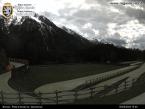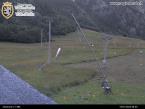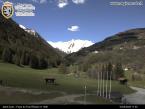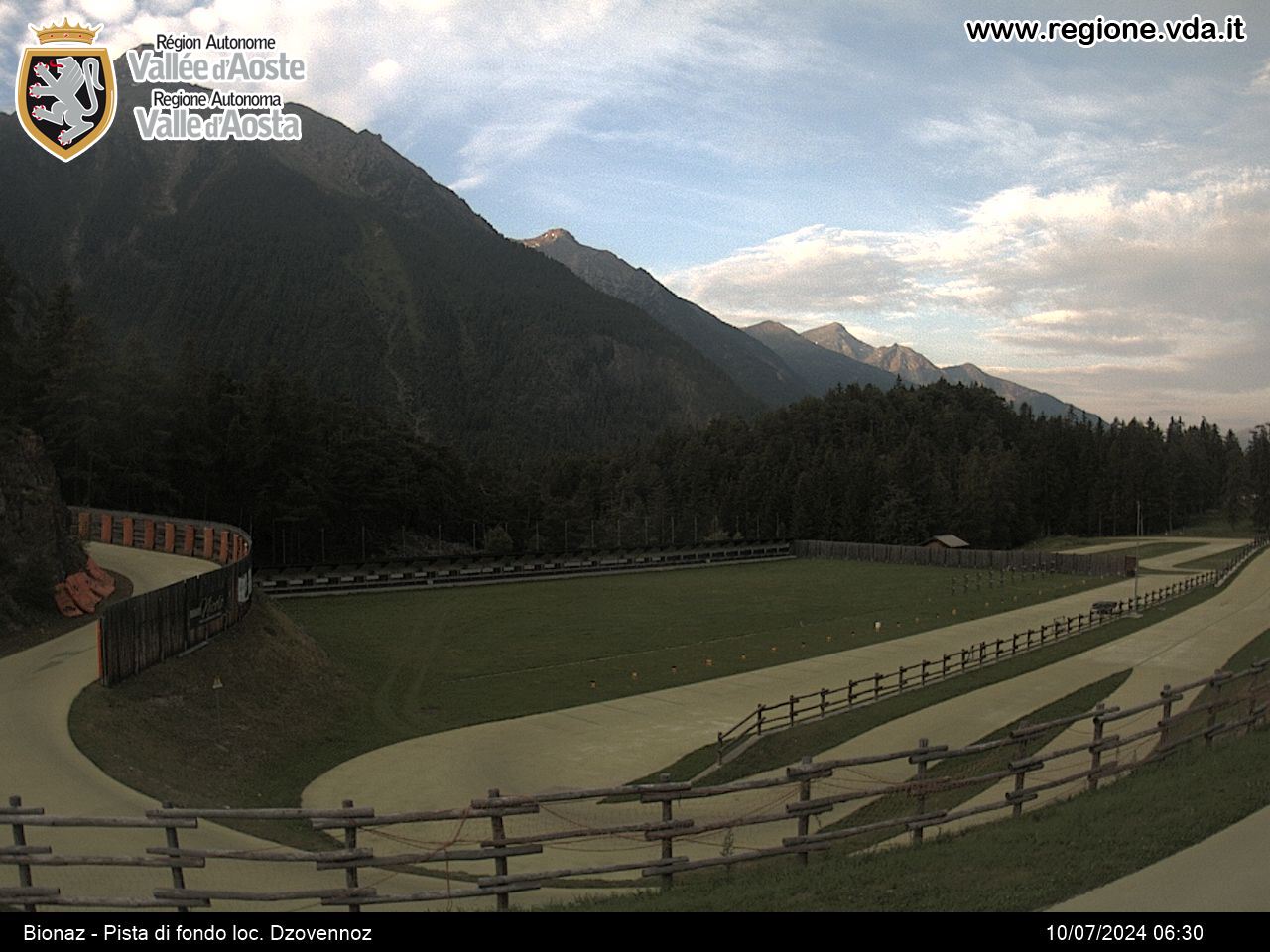Comba d'Orein
Типичные блюда
The glacier of Orein Sud, a large part of which has now withdrawn into the shadow of Becca des Lacs (3470 m) and Gran Becca Blanchen (3680 m), which are separated from each other by the wide depression of Colle della Sassa, has given rise to a spectacular morainal amphitheatre, the presence of clearly different colouring between the right hand and left hand moraines is due to the fact that the glacial action came about near a tectonic contact between the two different geological units of Valpelline and Arolla.
The moraines, a term of Savyoard origin, which means “masses” are the result of the deposition of detrital material that was eroded and transported by glaciers. They are positioned at the edges of the glaciers and their formation consists of basal debris and debris originating from the slopes, the dimensions of these accumulations depend on the duration of the glacier and the quantity of debris reaching it. In particular, the side moraines are the result of the slipping and rolling of material along the sides of the glacial flow which, during the expansion and swelling phase, have a convex profile.
When the accumulations give rise to side and end moraines, as is the case with the Orein Sud glacier, veritable morainal amphitheatres are formed. This morainal formation is said to be the result of the glacial expansion that came about during the Little Ice Age, a climatic cooling period between 1550 and 1850 approximately. The presence of the Orein Lake, at an altitude of 2456 m, is also significant, this typical shallow inter-morainal lake was formed inside the morainal formation as an effect of the stagnation of the waters on the impermeable bottom mostly consisting of silt and glacial clays. In the case of the morainal amphitheatre of the Orein Sud glacier, the two side moraines have different colours due to the fact that glacial action came about around the same time as tectonic contact between two different geological units (Valpelline and Arolla). The right hand moraine consists of banded mica schist deposits deriving from the kinzigites of the Valpelline series and has a reddish colour that singles it out clearly from the light grey colour of the left hand moraine, formed by the mylonites and minute gneiss of the Arolla series.
How to get there:
From the SS 26, take the SS 27 as far as Variney and SR 28 of Bionaz, proceed following the signposts for the Place Moulin dam and having reach the end of the paved road, leave the car in the large car park. From here, proceed on foot, following the indications provided in the geological site visit itinerary.
TECHNICAL NOTES
Altitutes: 2000 m - 2460 m
Overall duration of the tour: one day
Recommended period: April - October
Timing: 2 hours and 30 minutes
Itinerary:
Having reached the dam, proceed on foot along the estate that follows the dam, until you come to the signpost on the left (after approximately 200 m) for the Collon mountain refuge, climb uphill along this trail, which gradually rises with respect to the lake of Place Moulin, alternatively, you can proceed along the estate as far as the Prarayer mountain refuge (2005 m) and from here, take trail number 8. Having passed the gentle valley foothold, you will reach an initial mountain pasture at 2161 m and a short distance beyond this, that of La Garda (2211 m) where there is the beginning of an ample and level valley, with a typical U-shaped glacial form. Further uphill you will cross two large opposing detrital cones, engraved at the base by the river. A short distance beyond this, you will observe the morainal circles of the Orein Sud glacier, which barricade the valley, from here, to reach the observation point that allows you to have a complete view of the entire morainal amphitheatre and of Orein Lake (2456 m), you will need to cross the river (it would be a good idea to build a little bridge) and go towards the hydrographical right. Having reached the foot of the moraine, within the space of a few minutes you will go back uphilll along grassy slopes, on the right with respect to the emissary of the lake, as far as the central sector of the crest of the moraine (frontal arch).
Climbing options: from the last La Garda alpine cabins, do not cross the bridge, remain on the hydrographical right, follow a faint trail as far as the base of the morainal formation, then climb up along the grassy slopes as above.
















